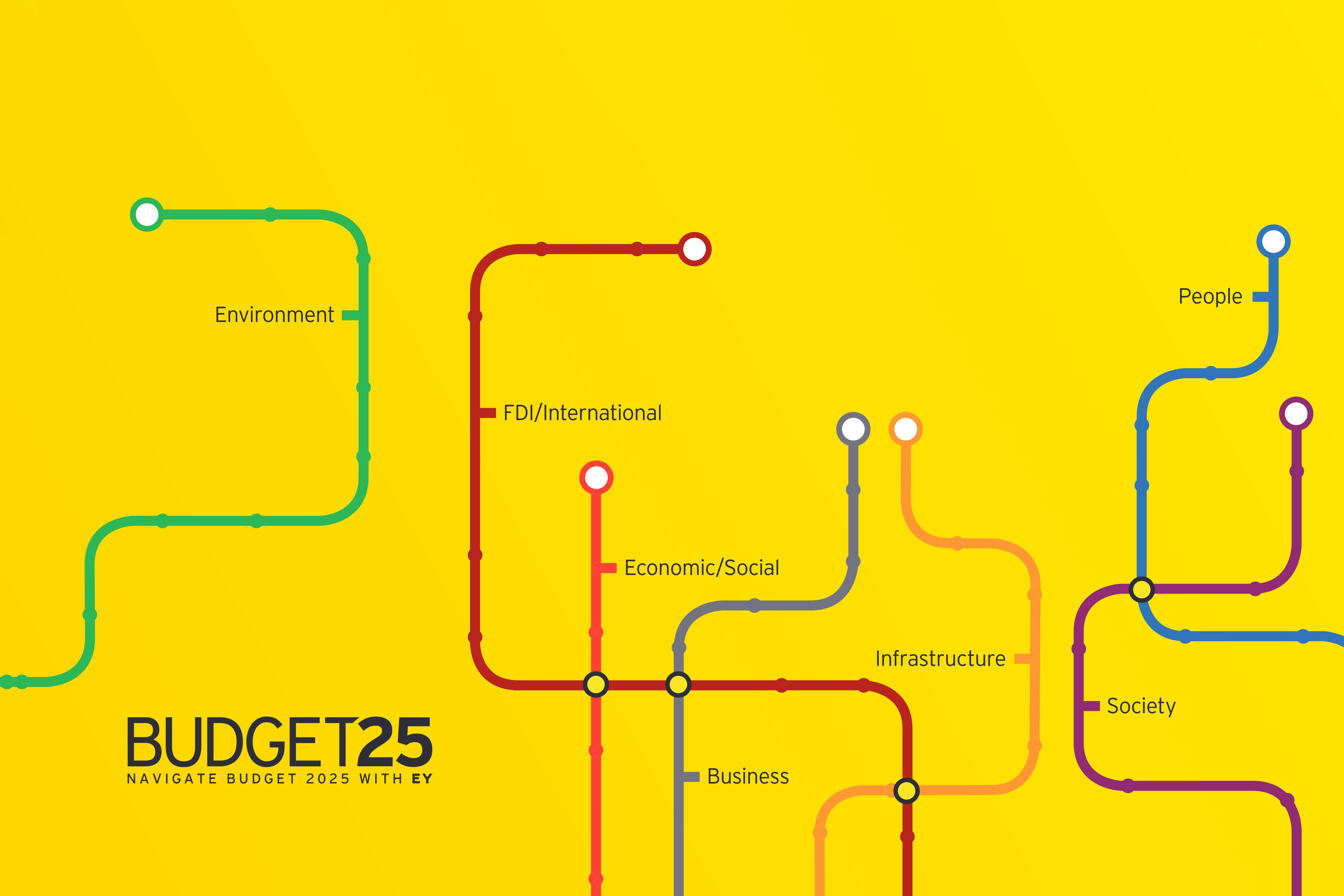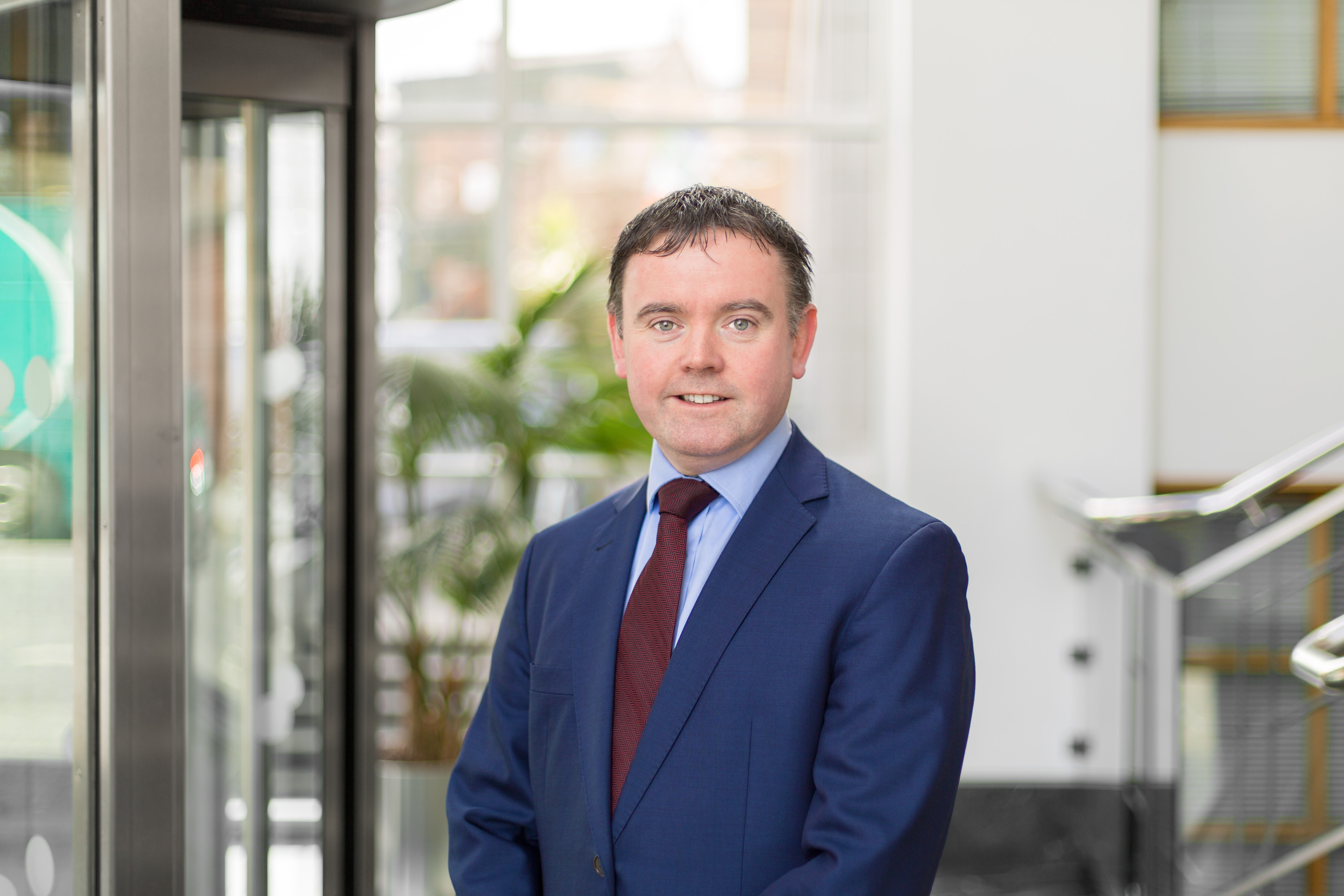EY refers to the global organization, and may refer to one or more, of the member firms of Ernst & Young Global Limited, each of which is a separate legal entity. Ernst & Young Global Limited, a UK company limited by guarantee, does not provide services to clients.

What makes a new hospital programme successful?
The simple answer is to be on time, in budget and as designed.
New hospitals deliver a once in a life time step-change in health care delivery and outcomes for their target population.
The largest investments in health made by Governments globally are arguably in the building of new hospitals. Their designs are truly innovative but it is not until the healthcare is delivered that the return on investment is realised in fit-for purpose, state-of-the-art facilities.
Building a state-of-the-art hospital is always unique, complex and challenging. A formulaic approach with clearly defined phases and sound methods provide the structure and control required to achieve safe opening and efficient operations.
The key phases of these programmes tend to:
- Plan the future vision and services, identify the required funding and develop the business case
- Design solutions to operationalise the vision, and the programme to deliver them
- Map the dependencies and schedule the programme integration strategies
- Adopt any change or new technology early to minimise future change impact
- Implement the new design early where appropriate
- Commission and ‘Go Live’
The key challenge for these programmes is to deliver integrated health services. These programmes are complex, involving the design and coordination of interdependent elements, often across different governance frameworks and over many years to deliver the future vision as designed.
What makes a new hospital programme successful?
The simple answer is to be on time, in budget and as designed.
There are many factors that impact time, budget and design. Irrespective of when these factors hit, or what they impact make, a programme will be held in good stead if its culture is open and responsive to change.
Globally, EY has delivered major transformation through the development of new hospital services across all programme phases, from idea to opening. This paper presents only 6 sample key lessons in select elements of new hospital programmes. It is far from a comprehensive checklist but may at least trigger leadership in new hospital programmes to discuss, reflect and learn.
Key lessons from global programmes
1. The Vision
A clear vision from the project outset needs to be shared by patients, staff, stakeholders and ultimately the entire community.
A foundation of all successful health services is an understanding and quantification of the health needs of the population, how best to address these and the impact if nothing is done. This ‘case for change’ informs the reform vision which becomes the ‘beacon’ keeping programme teams focused, coordinated and accountable for the benefits to be realised.
The Information and Communications Technology (ICT) requirements in new hospitals warrant a special focus as this enables the vision and may also need to align to a national ICT reform agenda, and at times may even drive the agenda. Essential to this is the need to optimise technology through development of detailed operational requirements with clinical input at its core, clear operating cost analysis, and the expected benefits quantified.
The vision, the case for change, and quantifying and accounting for the benefits realised are all fundamental to continuous improvement and value for money which is only achieved through the development of a robust business case.
Key Learning: A successful programme has a business case for the building, ICT and health service reform, which is an active reference bringing the vision to life, guiding the programme direction and accounting for the benefits realised.
2. A responsive culture
A programme that continually improves is one that invites critique, seeks buy-in, promotes integration and optimises the clinician’s time.
Acute hospitals are highly integrated health services that sit in a complex healthcare system with multiple interfaces that relate to patient flows, quality and safety, funding and governance. To realise the vision of future focussed services, a programme requires an operational culture that promotes true collaboration and continuous transparency, with strong leadership as the custodians of the ways of working.
Common to all programmes is the need to have end-users providing input and leading in critical areas of the programme, while at the same time meeting the current service demand. This is particularly challenging when the workforces are small and highly specialised such as in mental health and paediatrics settings, and so resources to backfill are not readily accessible. An agile approach needs to be designed to support the best use of time, through rapid fire solution development supported by ongoing sound programme management.
Individuals globally can be willing to share their experiences and insights. Assessing their own programmes against lessons learnt from other international programmes is a low cost and highly effective strategy.
Key Learning: A successful programme are those that conduct reviews of their own programme, assess their effectiveness, promote agility and responsiveness and account to their Boards for the changes made to continually improve.
3. Safety and Quality
Patient Safety and Quality of Care must be at the heart of everything we do.
A Safety and Quality framework is critical to both a programme and in an operating hospital. In a programme, it provides all projects a checkpoint or guide against which solutions can be tested and validated as appropriate for the end-state vision.
The framework becomes most evident during the last programme phase, the ‘commissioning phase’, during which the newly designed health facilities are accommodated and services are operationalised. Safety and Quality checks are part of a Go-No-Go decision as each milestone is reached, typically starting with the building infrastructure, ICT infrastructure, operational commissioning and finally, clinical commissioning that ends with the transition of patients, staff and the safe opening of quality services.
Key Learning: A successful programme has a framework for patient safety and quality of care that supports sound decision-making across all phases of the programme.
4. Programme governance
Clear governance supports the many thousands of decisions that will impact patient safety, quality of care, and service efficiency.
Poor governance and programme reporting make the expected programme challenges more complex than they need to be, such as: changes to the scope, timeframes, building and service design and emerging risks. A stable programme can be one that has decisions made, communicated, reported and implemented, with a clear process for the infrequent event a decision is overturned.
In complex and multi-faceted programmes, lines of reporting, delegation of authority and accountability can be blurred. Clearly documented and communicated governance structures will hold a programme in good stead, with a culture that enforces a good understanding of the programme governance is everyone’s responsibility. Problems are made more complex by structures that divide responsibility, and where there is more than one escalation path for risks.
Key Learning: A successful programme has lines of decision-making authority that are clear, transparent and are every body’s business.
5. Programme Management Rigour
Programme rigor provides the controls required to manage complex programmes efficiently and effectively.
A number of functions are commonly found in all transformational programmes and include project scheduling, project delivery, dependency mapping and risk & issues management. Placing rigour around each of these functions ensure consistency and transparency across a whole programme and supports the delivery of the common vision.
Programmes that have good rigour tend to have a clear structure of work streams, an overall approach, have a cadence for reporting, clear ways of working day to day and integration strategies that bring the projects and work streams together.
Key Learning: A successful programme has rigour in its management that is light in its design and is seen as supporting and enabling the programme not blocking it.
6. Programme Planning
Investing the time to plan will pay off- as duplication and re-work is avoided, a lean approach is established and early programme integration is promoted.
A new health facility is more than the ‘shiny’ building – it is a chance for once in a life time clinical and organisational transformation such as a new operating model, new technologies, new models of care, and new roles. It is highly unlikely that any service can truly ‘lift and shift’ to a new facility with no change to their service design.
Sufficient time is required to design a programme that will deliver the desired end state vision, starting with a portfolio of projects, under a set of work streams, and through integration strategies which culminate into commissioning of new health services, in new infrastructure.
Key Learning: A successful programme, has key executives, programme teams and hospital staff engaged to optimise the transformation buy-in, manage the tensions with the ‘business as usual’ demands, and manage the governance interface between the building construction, service design and commissioning programmes.
EY is a market leader in large scale transformation health projects globally. EY Ireland has dedicated teams that are experienced in all aspects of hospital planning and commissioning.
Summary
Building a state-of-the-art hospital is always unique, complex and challenging. A formulaic approach with clearly defined phases and sound methods provide the structure and control required to achieve safe opening and efficient operations.



